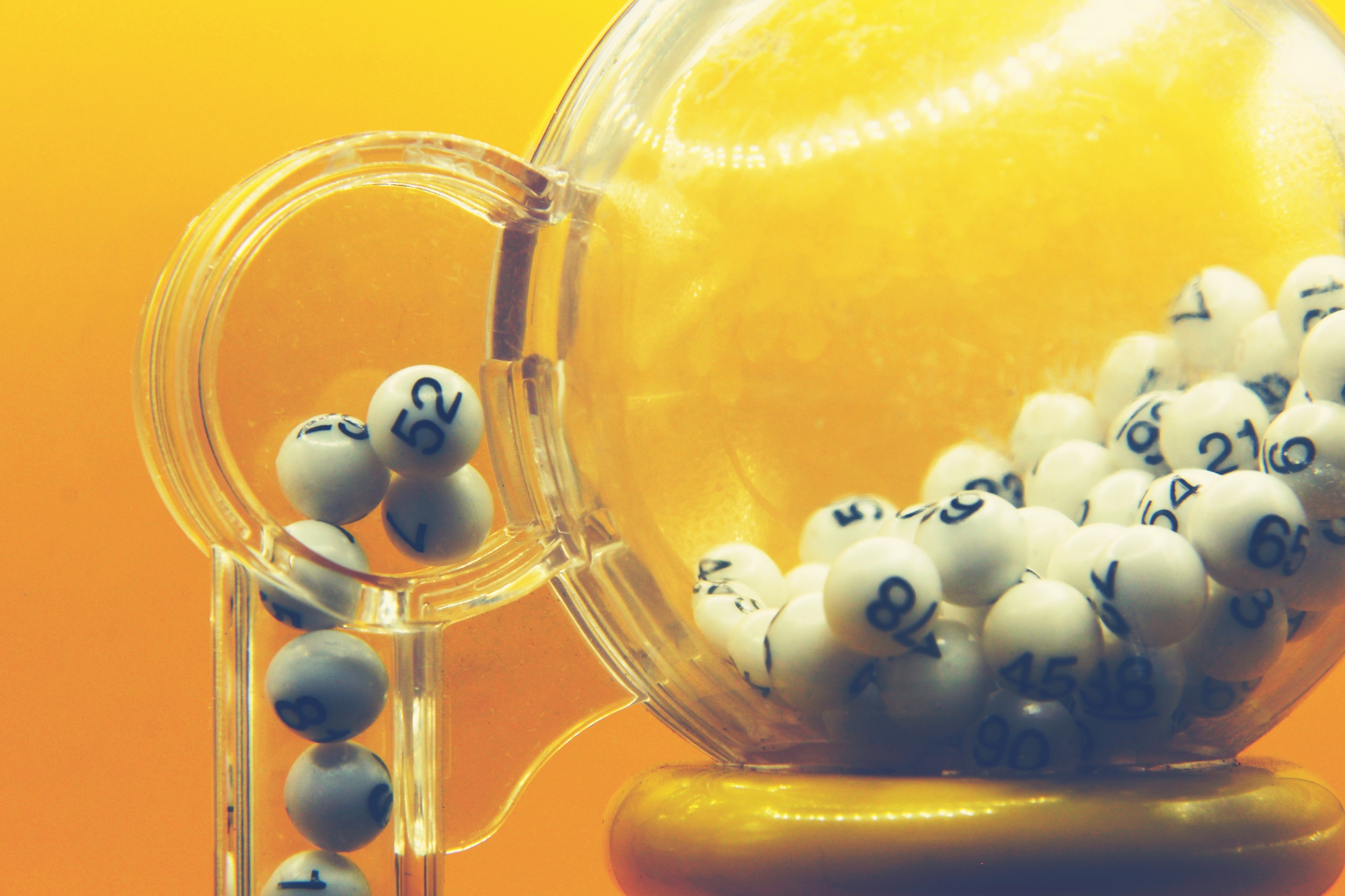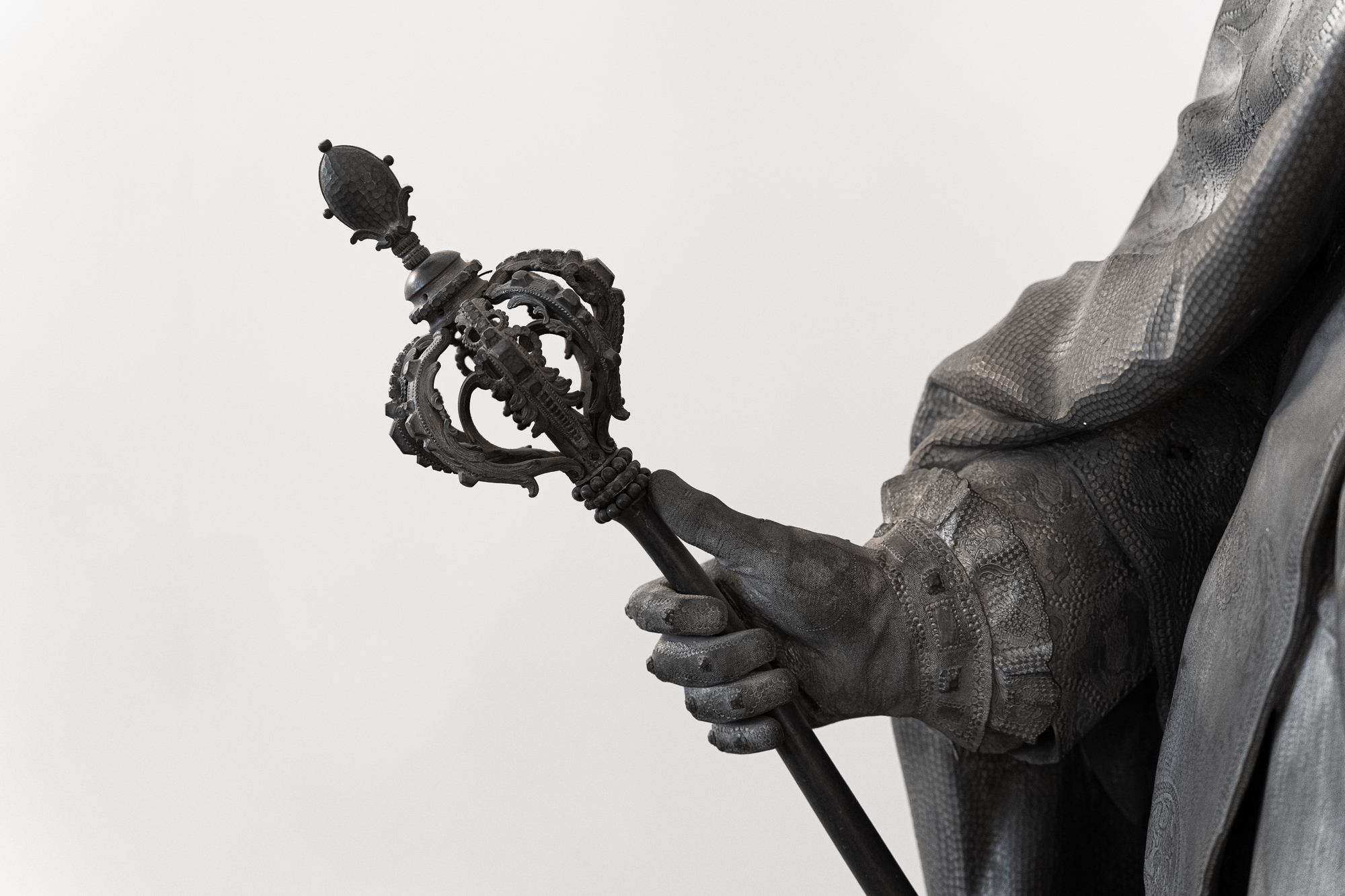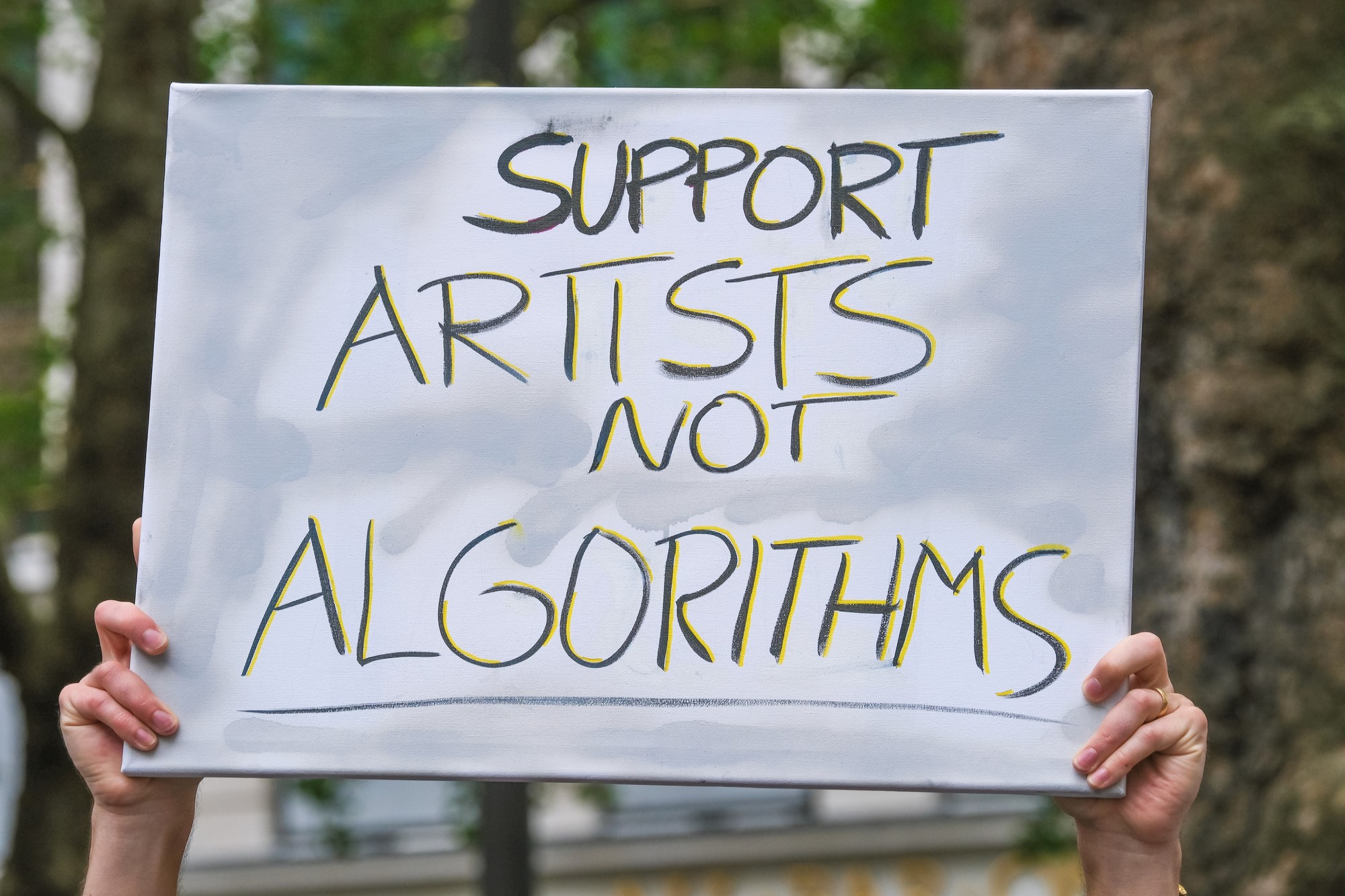Glacier Northwest v Teamsters: Employer Property and Worker Rights

Tensions had been simmering between Glacier Northwest and its employees. On August 17th, 2017, drivers for the company loaded up their cement-mixing trucks with freshly made cement and drove off for delivery. Mid-delivery, a strike was called and rather than deliver cement as expected, 16 of the truck drivers drove back to the yard. They kept the drums running, left their vehicles, and the strike was on. Seven of the 16 drivers expressly notified management they would be returning to the yard with loaded trucks. While none of the trucks were damaged, the cement was wasted and Glacier Northwest sued Teamster Local 174, their employees’ union, for $11,000 dollars in a Washington court. The case ultimately made it before the Supreme Court.
This seemingly minor lawsuit hinges on the question of whether labor disputes should be handled by the National Labor Relations Board or state courts. The NLRB has expertise on labor matters and is generally viewed as more supportive of workers than many state courts — although this somewhat depends on the president, as the Board members are presidential appointees. But, on June 1st, the Supreme Court released its decision in Glacier Northwest, Inc. v Teamsters, placing the case back in the hands of the Washington State Supreme Court, with their blessing to continue the lawsuit in state court.
This complicated decision in a complicated case continues the trend of the current court ruling in opposition to organized labor, most notably in Janus v. AFSCME. (Although as many commentators have noted, the Glacier Northwest ruling falls short of the most anti-labor ruling that could have come out of the case – one which workers’ rights advocates worried would unleash a flood of state-level litigation in response to strikes.) As stands, it still provides a path for employers to sue their employees for damages in state court if they fail to take reasonable precautions to protect their employer’s property from foreseeable and imminent harm caused by a strike. How wide or narrow this path is remains unclear.
Lost in the tortuous proceduralism of Glacier Northwest v. Teamsters is a more fundamental ethical question: how should employer’s property rights be weighed against workers’ right to organize and strike?
An extreme perspective that strongly prioritizes property would be that workers are “allowed” to organize and even strike (as in, such actions would be legal), but they are on the hook for any losses and property damage that results. The consequences of striking would be enormously onerous to workers, and employers would be subject to legal remedy to “reverse” harms caused by a strike. Under such a standard, strikes would be both risky and less impactful. The takeaway is that for the legal right to strike to be meaningful, workers must have some protection from the economic damages caused by their actions.
One somewhat legalistic approach essentially dodges the question of balancing property rights and workers’ rights. The idea here is that striking workers are simply not working, and therefore owe nothing more to the company than if they were out sick or a random person on the street. It follows then that striking workers are not responsible for the harms that result from a strike, as long as those harms result directly from stopping working. If grocery store workers go on strike, and in addition to a bunch of lost sales all the fruits and vegetables spoil, they would owe nothing to the company. Why should this be their responsibility any more than the responsibility of an employee that stayed home sick?
What workers cannot do under this perspective is take any steps to cause property damage to their employer beyond damage that results from not working. Workers cannot go on strike, grab torches, and burn down the factory.
This is in fact very close to how the National Labor Relations Board views damages that result from strike. It can quickly get deep in the weeds. (Which Justice Jackson incidentally raised as an argument to let the National Labor Relations Board do it rather than state courts.) What about situations that are strategically timed or contrived to produce maximum damage? Does it matter whether the situation is contrived as opposed to merely carefully timed? Could workers walk off the job partway through a dangerous smelting process and let the factory burn down? Or, as came up frequently during oral argument before the Supreme Court, could ship workers sail a boat into the middle of the river and then abandon ship?
The National Labor Relations Board’s solution – and this language is reflected in Glacier Northwest v. Teamsters – was to say employees must take “reasonable precautions” to avoid these kinds of serious harms to persons and property. This leads to its own complex discussion of what counts as reasonable precautions, and to which specific harms they should apply.
A different approach would be to say that the balance between property rights and workers’ rights is simply the wrong issue. What we should care about is not these ostensibly competing sets of rights, but rather the balance of power in the workplace. The idea here is that workers’ rights and protections don’t exist on some definitive list, but in relation with what is required for workers to have agency at work. The philosopher Elizabeth Anderson has noted that uses (and abuses) of power are allowed in the workplace which we would find intolerable from the government. The question then becomes what tools do workers need in the workplace. (To Congress’s credit, a goal of equal bargaining power was explicitly included in the National Labor Relations Act.)
Strikes are large and flashy and can lead to a myopic analysis where the harms of striking are on full display, but the harms that made the strike necessary – from underpayment, to bad-faith bargaining, to poor working conditions, to undignified treatment – are invisible. Workers may not have direct legal redress for these harms. Instead the assumption is that the right to organize and strike provides workers tools to resolve these harms on their own.
Crucially, the intent of a strike is not primarily to cause economic damage to the employer. The intent of a strike is to bring the employer to the bargaining table and achieve certain goals in the workplace. The leverage of a strike is that it causes economic or reputational harms to the employer. What matters is that companies know their employees are allowed to engage in strategically timed strikes. When workers are generally weak in comparison to their employers, as is the case in modern America, it may make ethical sense to be generous with what strike tactics are allowed, not to hurt employers, but to provide employees with the tools to negotiate with their employers as equals and prevent harms in the workplace.
A final, more human-centric approach would be to simply say that workers’ rights should have priority over their employer’s property rights. The thrust of the approach is that worker agency, dignity, and self-determination are more important than employer property. This intuition is heightened in cases with larger corporate employers where no one suffers major personal harm associated with the loss of company profits or property. The intuition becomes ethically grayer for small, closely held businesses and more extreme property loss. Note though that the consideration here is the human harms associated with property loss, not the property loss as such.
On this approach, the primary reason a strike should not be strategically timed to burn down a factory or leave a boat stranded in a river is because such an action endangers people, not property. (This leads to its own balancing question on strikes that can cause public harm, such as nursing strikes, as has been previously discussed in the Prindle Post.) Placing workers’ rights over property could still lead to legal complexity in individual cases, but it would set clear priorities. Courts should protect the agency and dignity of workers.




